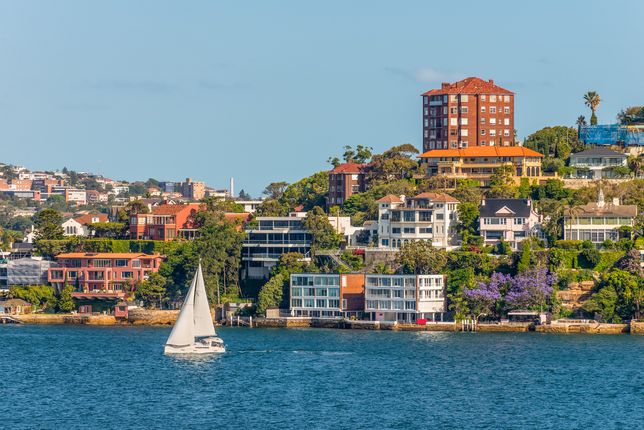Australia has just laid claim to a new and potentially unwanted world record - during 2021 we had the strongest home price growth in the world.
A new report by Knight Frank has found Australian home prices increased by 17.5 per cent after taking inflation into account. This far outstripped the 10.3 per cent average global increase.
Australia just pipped Turkey, which had 17.3 per cent real price growth, and the Czech Republic, which had a 16.4 per cent rise. New Zealand had a 15.7 per cent jump.
Knight Frank Australia Head of Residential Research Michelle Ciesielski said Australian prices were forced up in 2021 by the fact that Australians accumulated savings during the pandemic, along with a low interest rate environment and a lack of new supply.
She said an ongoing diminishing pipeline of newly-built homes would continue to see price rises in 2022, although not at the level of 2021.
“We’ve now reached a point where the Australian housing market has become fatigued after riding significant growth in values on the back of an economic rebound,” Ms Ciesielski said.
“(The market) is now grappling again with global uncertainty, a natural disaster and an upcoming federal election.
“We can’t (however) ignore the fact that we are facing…delayed construction in what has already been a diminishing pipeline of newly built homes, a lower number of local and international investors adding to the rental pool, and a likely increase in the skilled migrant population who also increase the demand for rental properties.
“So despite the economic headwinds on the horizon, the current imbalance between demand and supply in Australia’s mainstream residential markets for at least the next three years, could result in further growth in prices of up to eight per cent by the year’s end.”
While the home price increase may be bad news for first home buyers and many renters, it is welcome news for downsizers looking to sell their home and move into a retirement community.
The latest Retirement Living Census, released in February, found purchasers could buy an average two bedroom retirement living unit using just 55 per cent of the value of the median house price in the surrounding locality.
This compared to a less favourable price differential of 67 per cent in 2019-20.
This good news is also exacerbated by the fact that detached houses, usually occupied by empty nesters, have seen their value increase more rapidly than units as buyers have sought-out extra living and outdoor space in the post-COVID world.
CoreLogic has reported that the disparity between house and unit values reached a record high of 28.3 per cent in January 2022.
Find out more
Learn about the different downsizing options on offer, and insider tips on making the move, in our just-released Ultimate Guide to Downsizing 2022.


